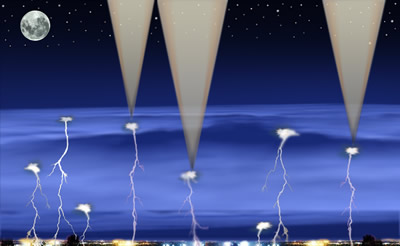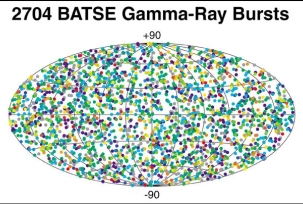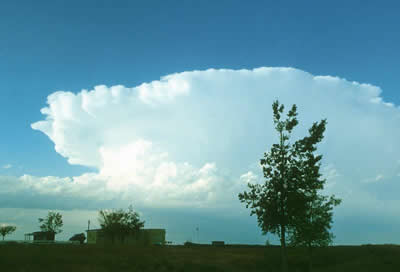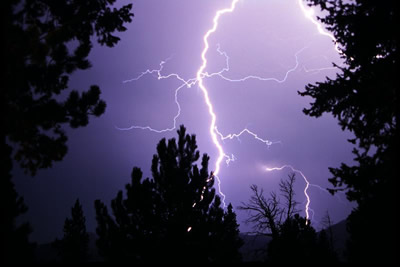Click on image for full size
Image Courtesy of NASA/GSFC
Small Satellite Takes on Large Thunderstorms
News story originally written on November 17, 2008
Scientists and students have designed a new satellite called Firefly for the CubeSat program. The Firefly satellite is the size of a loaf of bread and consists of three cubes attached end to end in a rectangular shape. It's designed to help solve the mystery of terrestrial gamma-ray flashes (TGFs), which are the most powerful natural particle accelerator in Earth's atmosphere. TGFs probably come from thunderstorms.
TGFs are short, powerful bursts of gamma rays emitted into space from Earth's upper atmosphere. Scientists think the gamma rays are emitted by electrons which travel at or near the speed of light until they are slowed down by atoms in the upper atmosphere. This process might have connections with some lightning strokes that happen around the /earth/earth.html.
Scientists know that lightning builds up electric charges at the top of thunder clouds, and this can create a large electric field between the tops of clouds and the ionosphere, the outer layer of the atmosphere. But they are trying to better understand how this process can lead to creating the TGFs.
"This mission could provide the first direct evidence for the relationship between lightning and TGFs, and addresses an important research question in atmospheric electricity," said Anne-Marie Schmoltner, head of NSF's Atmospheric Sciences Division's Lower Atmosphere Research Section. "Identifying the source of terrestrial gamma ray flashes would be a great step toward fully understanding the physics behind lightning and its effect on the Earth's atmosphere."
To accomplish these goals, Firefly will carry a gamma-ray detector along with a set of instruments designed to detect lightning. Students will be involved in all aspects of the project, including design, development, testing, mission operations, and data analysis.














